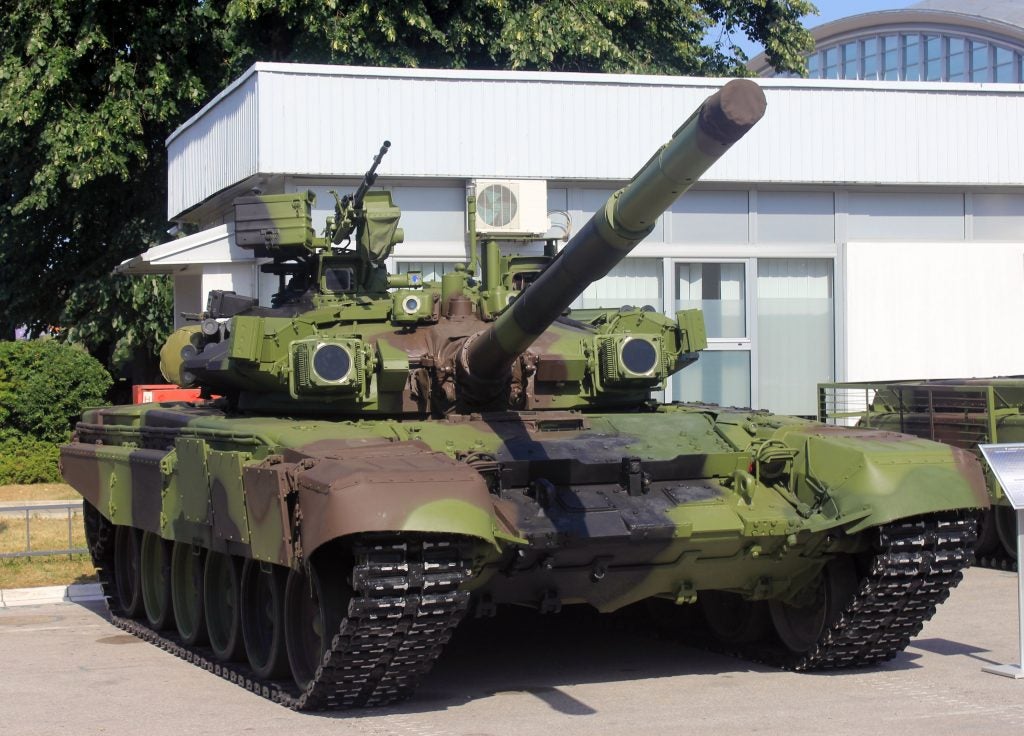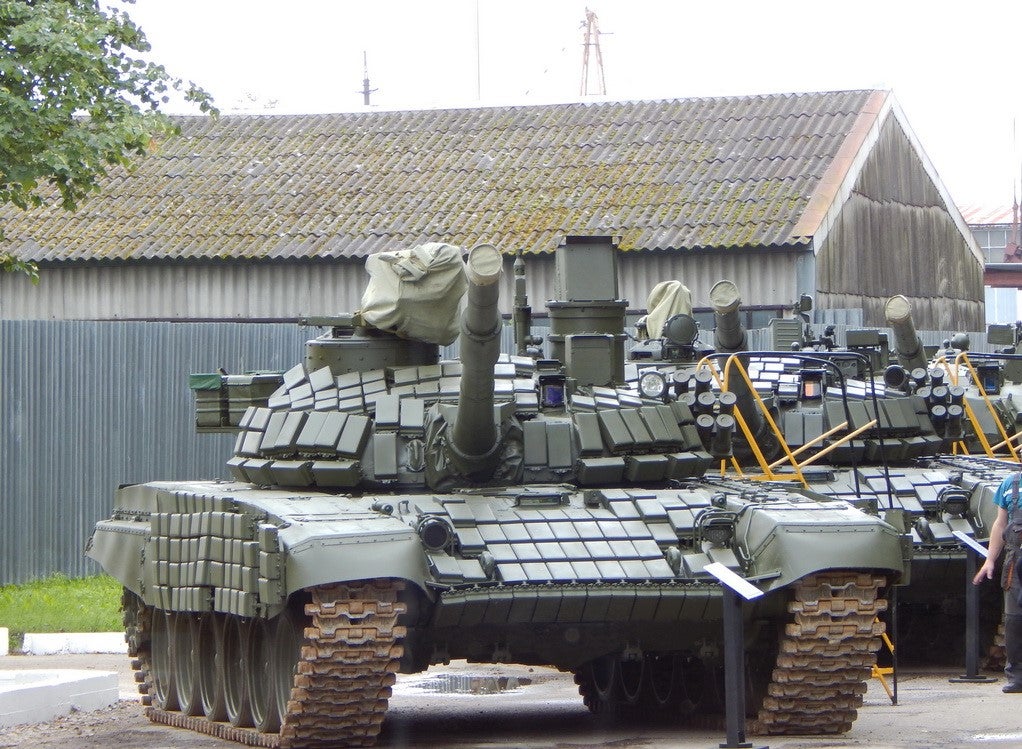Serbia To Purchase New T-72s
While some Serbian outlets have suggested that these will be B3s, facts point to the new tanks potentially being T-72B1MS. One tabloid has described the tanks as being “Beli Orao”, which translates to “White Eagle”, Russia’s marketing name for the T-72B1MS. Another outlet said two other media sources claimed that the tanks were “T-72MS”, which would seem to correspond to the T-72B1MS designation, as T-72MS is not used as a designation.
T-72B1MS tanks would represent a significant upgrade from Serbia’s indigenous M-84 tanks, which are also variants of the T-72. When they were created, M-84s were considered to be superior to the T-72Ms they were based upon, due to the domestic fire control system installed in the tank. The fire control system took inputs from a meteorological sensor mounted right above the gun; the most visually distinctive feature of the M-84.
On May 10th, Serbia grabbed headlines by holding it’s Victory Day parade in Niš. But in addition to some minor controversy about the date (some suggest that the date was postponed to make up for the absence of Serbia’s president). The parade was notable for the major inclusion of Russian vehicles and tech, with Russian T-72B3s and Mi-35s present. A few days prior, it was announced that Serbia would receive new T-72s from Russia.
However, since the dissolution of Yugoslavia, Serbia does not have the capacity to continue producing M-84s, as production of the tank was spread across the entire former socialist federal republic.
The T-72B1MS brings basic explosive reactive armor, new thermal gunner’s and commander’s sights, and some small ergonomic improvements versus Serbia’s legacy M-84As. The explosive reactive armor isn’t as good as the T-72B3 and T-90A, so it is likely meant to perform only against light anti-tank weapons like RPGs and early ATGMs.

While Serbia has developed the M-84AS variant individually, which features heavy explosive reactive armor and many “advanced” upgrades like the ability to fire gun-launched ATGMs, the Serbian government appears to have opted to buy Russian tanks rather than continue independent development and procurement of M-84AS.
The T-72B1MS has previously been sold to Nicaragua and Laos, so Serbia would become the third operator of this mid-tier T-72 variant.
But What Could this Mean for the Balance of Tanks in the Region?
Most of Serbia’s neighbors inherited M-84As during the breakup of Yugoslavia and continue to field them in various configurations. Croatia is planning to field an upgraded version of the M-84As it received after the dissolution, the M-84D. The M-84D appears to have a similar setup to the T-72B1MS, though the explosive reactive armor fit may be slightly better. Most Croatian tanks have been brought up to the M-84A4 “Sniper” standard, but the M-84A4 is mostly fire control improvements without the survivability improvements reactive armor brings.
As such, the T-72B1MS only brings better detection capabilities versus the M-84. Lethality wise the tanks are still on par; light reactive armor on the T-72B1MS is likely to be ineffective against kinetic rounds fired from tank guns. Serbia’s old M-84As even have a mobility advantage over the T-72B1MS, as they mount powerful 1000 hp engines to the T-72B1MS’s 840 hp.
Serbia will likely to try to make the most of their new T-72s by fitting an enhanced domestic reactive armor packages, but in the end the new tanks aren’t that big of a deal for the balance of power in the region.

